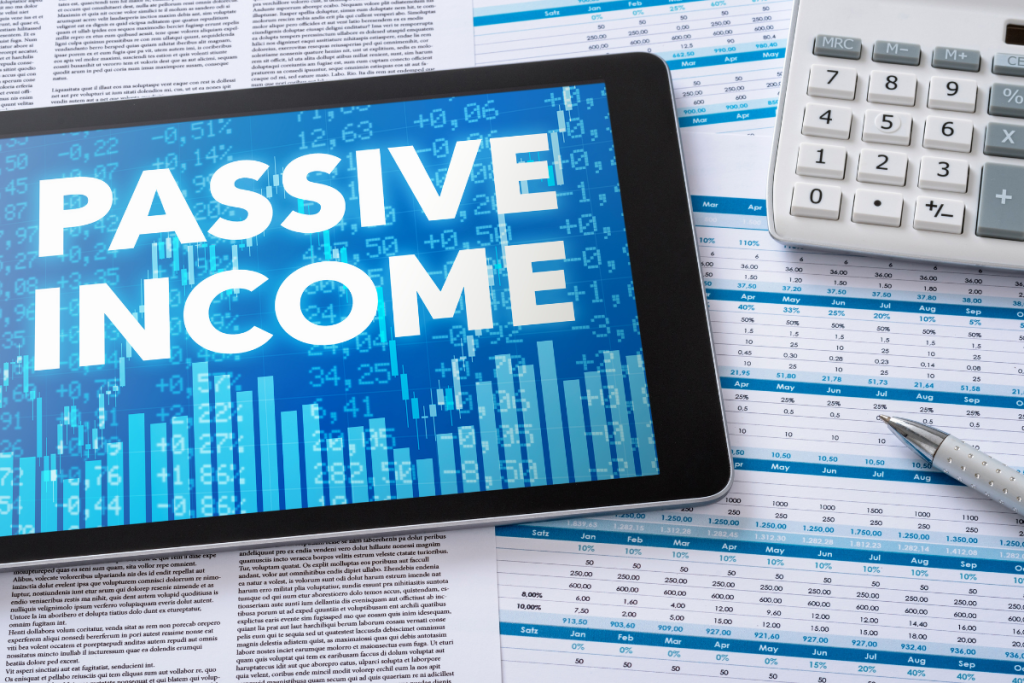Differences of Active and Passive Investing in Singapore
Investing has become an increasingly essential part of personal finance for Singaporeans. With rising living costs, a growing interest in wealth-building, and limitations on relying solely on CPF for retirement, more individuals are exploring avenues beyond traditional savings accounts to grow their wealth. The proliferation of retail investing apps, online brokerages, and educational resources has made stock market participation more accessible than ever before. Amid this landscape, investors are often faced with a fundamental question: should they adopt an active or passive investment strategy? Understanding the differences between these approaches—and how they fit into Singapore’s unique financial environment—is crucial for making informed decisions.
Setting the Stage: Why Investing Matters in Singapore
Singaporeans face a unique set of financial challenges and opportunities. While the Central Provident Fund (CPF) provides a mandatory savings system for retirement, it alone is often insufficient to maintain one’s desired standard of living, especially given longer life expectancies and the rising costs of healthcare and housing. Inflation further erodes the purchasing power of cash savings, meaning that simply leaving money in a bank account may not allow wealth to keep pace with future expenses.
In response, retail investing has surged in popularity. Mobile trading platforms such as FSMOne, Tiger Brokers, and Saxo Markets have simplified access to stocks, exchange-traded funds (ETFs), and unit trusts. Robo-advisors, like StashAway and Syfe, offer automated portfolio management that caters to both beginner and seasoned investors. With these tools, the decision of how to invest—active or passive—has become more relevant than ever.
Active Investing: Taking the Wheel
Active investing involves a hands-on approach to managing investments. This strategy typically includes picking individual stocks, timing the market, and relying on fund managers or personal research to try to outperform a benchmark index. The goal is straightforward: generate returns that exceed the average market performance.
Advantages of Active Investing:
- Potential for Higher Returns: Skilled investors or fund managers may outperform the market, especially in less efficient markets where mispriced assets are more common.
- Flexibility: Active investors can adjust their portfolios to respond to market changes, economic cycles, or company-specific developments.
- Diversification Opportunities: Investors can explore niche sectors or emerging companies not represented in mainstream indices.
Risks and Considerations:
- Higher Costs: Active investing often incurs higher fees, such as brokerage commissions, fund management fees, and transaction costs. In Singapore, unit trusts and actively managed funds can carry expense ratios between 1% and 2.5% per year.
- Time-Intensive: Researching companies, analysing financial statements, and monitoring market trends requires significant effort.
- Market Risk: Even skilled investors may underperform, and market volatility can result in significant short-term losses.
Popular active investment options in Singapore include local and foreign unit trusts, actively managed ETFs, and individual stock portfolios accessible via platforms like Tiger Brokers or POEMS. Many investors also seek professional advice from financial advisors to guide their stock selection or fund investments.
Passive Investing: Letting the Market Work for You
In contrast, passive investing takes a more hands-off approach. Rather than trying to beat the market, passive investors aim to mirror the performance of a benchmark index, such as the Straits Times Index (STI) or global indices like the S&P 500. Common passive investment vehicles include index funds and ETFs, which offer broad market exposure and minimal ongoing management.
Advantages of Passive Investing:
- Lower Costs: Passive funds typically have lower expense ratios, often below 0.5% per year, making them cost-effective over the long term.
- Simplicity: Investors can adopt a buy-and-hold strategy without frequent trading, reducing stress and administrative burdens.
- Reduced Risk of Underperformance: By following the market index, passive investors avoid the pitfalls of poor stock selection and timing errors.
Risks and Considerations:
- Limited Upside: Passive investing will not outperform the market; returns are tied directly to index performance.
- Market Exposure: In a market downturn, a passive portfolio will reflect the broader losses, offering little room for defensive repositioning.
In Singapore, passive investing has grown in popularity due to the rise of ETFs tracking local indices like the STI ETF or international options such as the MSCI World ETF. Robo-advisors also implement passive strategies, automatically rebalancing portfolios to maintain index-aligned allocations, offering a convenient option for investors with limited time or expertise.
Comparing Active and Passive Strategies
When comparing active and passive investing, several key factors emerge:
| Factor | Active Investing | Passive Investing |
|---|---|---|
| Cost | Higher fees, commissions, and taxes | Lower expense ratios, minimal trading costs |
| Time & Effort | Time-intensive research and monitoring | Minimal, hands-off management |
| Potential Returns | Can outperform the market if skilled | Mirrors market returns, limited upside |
| Risk | Higher short-term volatility, risk of underperformance | Market risk present, but avoids individual stock risk |
| Flexibility | Can adapt portfolio based on market conditions | Less flexible, follows benchmark index |
These differences are critical for Singaporean investors to consider. Cost-efficiency, time availability, and risk tolerance all influence the suitability of a given strategy.
Singapore’s Investment Landscape: Opportunities and Platforms
Singapore offers a rich variety of investment options that cater to both active and passive investors.
Active Investment Options:
- Unit Trusts and Mutual Funds: Available via platforms like FSMOne and PhillipCapital, these funds allow investors to tap professional management.
- Individual Stocks: Platforms like Tiger Brokers, Saxo Markets, and POEMS offer access to Singapore Exchange (SGX) and international markets.
- Active ETFs: Although less common than passive ETFs, some actively managed ETFs aim to outperform benchmarks.
Passive Investment Options:
- STI ETFs: Track Singapore’s primary index, offering broad exposure to blue-chip companies.
- Global ETFs: Provide diversified international exposure, including the S&P 500, MSCI World, and Nasdaq 100 indices.
- Robo-Advisors: Services like Syfe and StashAway automatically allocate funds across diversified ETFs based on risk profile and goals.
Hybrid strategies are also gaining traction. Many Singaporean investors adopt a core-satellite approach, combining a passive core portfolio with a smaller active allocation. For example, a portfolio might have 70% in STI and global ETFs (passive) and 30% in selected growth stocks or sector-focused funds (active). This method balances cost-efficiency with the potential for outperformance.
Practical Guidance: Choosing the Right Strategy
Selecting between active and passive investing depends on individual goals, risk tolerance, and lifestyle.
- Assess Your Time Commitment: If you enjoy research and market analysis, active investing may suit you. If time is limited or you prefer a hands-off approach, passive investing is more practical.
- Understand Your Risk Tolerance: Active investing can be more volatile, requiring a higher risk appetite. Passive investing offers broader diversification and steadier long-term growth.
- Evaluate Costs: High fees can erode returns over time. Singaporeans must consider expense ratios, brokerage fees, and taxes when choosing funds or platforms.
- Consider Hybrid Approaches: Combining both strategies allows investors to leverage the advantages of each, mitigating risks while capturing potential growth opportunities.
Investors should also revisit their portfolios periodically. Life changes, financial goals, and market dynamics may necessitate adjustments to ensure strategies remain aligned with objectives.
Conclusion: Making Informed Decisions

The choice between active and passive investing is not a matter of which is inherently superior; rather, it is about which aligns best with an individual’s goals, risk appetite, and time availability. Active investing offers the allure of higher potential returns and strategic flexibility but comes with higher costs and greater responsibility. Passive investing delivers simplicity, cost-efficiency, and steady market-aligned returns, though it sacrifices the chance to outperform the market.
For Singaporean investors, understanding local investment products, platforms, and market nuances is critical. By evaluating personal circumstances and adopting a strategy—active, passive, or hybrid—investors can position themselves to grow wealth effectively, navigate market uncertainties, and plan for long-term financial security.
Ultimately, informed decision-making and disciplined investing, tailored to one’s unique situation, remain the keys to building a sustainable investment journey in Singapore. Whether taking the wheel as an active investor or letting the market work through passive strategies, the most important step is to start with a clear plan and stick to it consistently.
